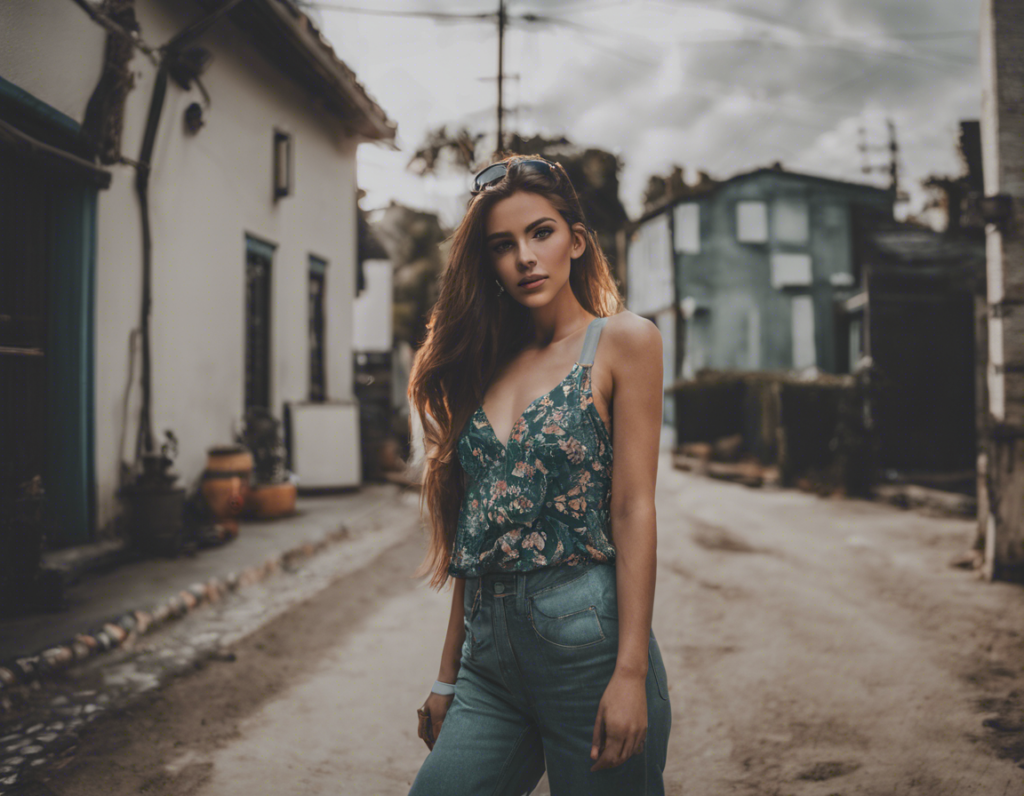
- June 23, 2024
- 9:41 am
- No Comments
Are you looking to elevate your photography game and give your images a professional touch? Look no further than LR presets and filters. In today’s digital age, where everyone has a camera in their pocket, standing out from the crowd with unique and eye-catching images has become increasingly important. With the help of LR presets and filters, you can easily enhance your photos, create a consistent visual style, and save time during post-processing. In this ultimate guide, we will delve into everything you need to know about using LR presets and filters to take your photography to the next level.
Understanding LR Presets and Filters
LR presets are pre-determined settings that can be applied to a photo with just one click in Adobe Lightroom, a popular photo editing software. These presets contain a combination of adjustments such as exposure, contrast, saturation, and more, allowing you to instantly transform your images with a specific look or style. On the other hand, filters are similar to presets but are usually applied in apps or software outside of Lightroom, like Instagram or VSCO.
How to Use LR Presets
-
Importing Presets: Start by importing the preset into Lightroom. You can do this by clicking on the Develop module, then right-clicking on the “Presets” panel and selecting “Import.”
-
Applying Presets: Once imported, you can apply a preset to your photo by clicking on it. Lightroom presets are organized into folders based on the creator or style, making it easy to navigate through them.
-
Adjusting Settings: After applying a preset, you may need to make additional adjustments to fine-tune the look to suit your specific image. These adjustments can include tweaking exposure, white balance, or crop.
Creating Your Own Presets
If you have a particular editing style that you consistently use, you can save it as a custom preset in Lightroom. Here’s how you can create your presets:
- Edit a photo to your liking.
- Click on the ‘+’ icon next to the “Presets” panel.
- Name your preset and select the settings you want to include.
- Click “Create” to save your custom preset.
Best Practices for Using LR Presets and Filters
- Experimentation: Don’t be afraid to try out different presets and filters to see what works best for your style.
- Consistency: Using the same presets or filters across your photos can help create a cohesive look for your feed or portfolio.
- Adjustment: While presets can be a great starting point, don’t forget to make adjustments to suit each individual photo.
- Backup: Always make sure to back up your presets to prevent losing them in case of software updates or computer crashes.
Frequently Asked Questions (FAQs)
Q: Can I use LR presets on my mobile device?
A: Yes, you can use LR presets on your mobile device through the Adobe Lightroom mobile app.
Q: Are LR presets one-size-fits-all?
A: No, you may need to make adjustments to presets based on the lighting conditions and the specific characteristics of each photo.
Q: Can I use multiple presets on the same photo?
A: Yes, you can layer multiple presets on a single photo and adjust the opacity of each layer for a unique look.
Q: Are LR presets only for professional photographers?
A: No, LR presets can be used by anyone looking to enhance their photos with a professional touch.
Q: How do I know which preset or filter to use for my photos?
A: Experimentation is key. Try out different presets and filters to see which ones align with your style and vision.
In conclusion, LR presets and filters are powerful tools that can help you transform your photos with ease. Whether you’re a beginner looking to enhance your images or a professional aiming for a consistent visual style, incorporating presets and filters into your workflow can save you time and elevate your photography to new heights. So, don’t be afraid to experiment, create your own presets, and unleash your creativity with LR presets and filters.